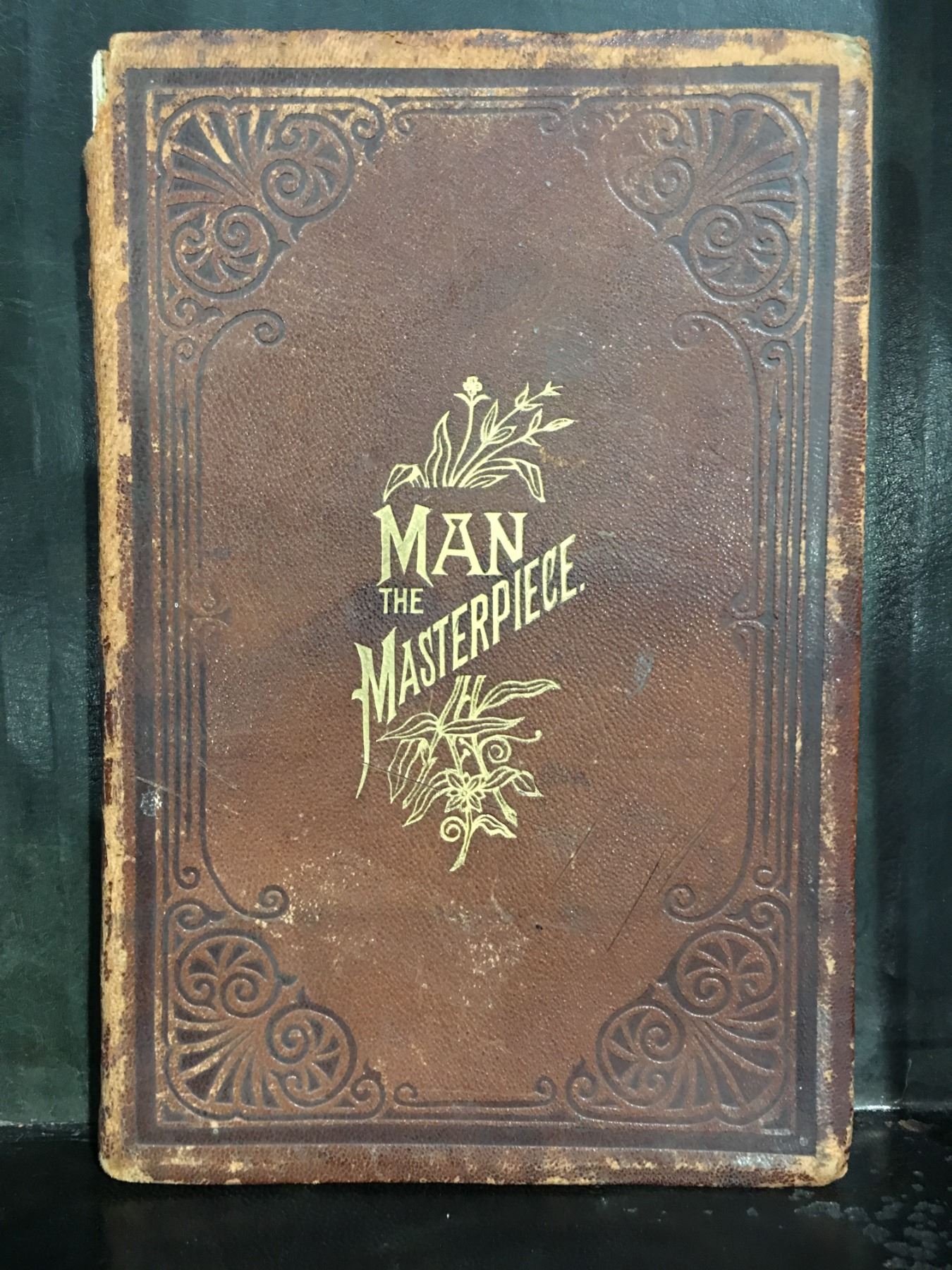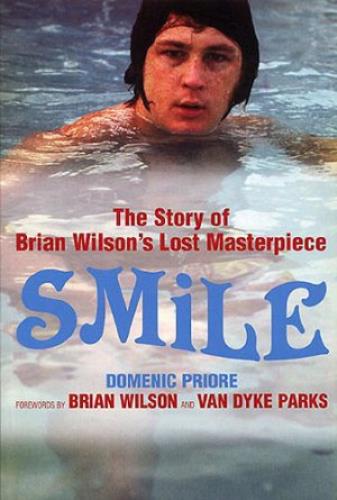
Though not even the prestige of the school can override the public's disdain for a "woman artist," fiery Clara is single-minded in her quest to achieve every creative success-even while juggling the affections of two very different men. It is 1928, and Clara is teaching at the lauded Grand Central School of Art. But for Clara Darden and Virginia Clay, it represents something quite different.įor Clara, the terminal is the stepping stone to her future. It is as perfect a work of narrative nonfiction as you could ever hope to read.In this captivating novel, New York Times bestselling author Fiona Davis takes readers into the glamorous lost art school within Grand Central Terminal, where two very different women, fifty years apart, strive to make their mark on a world set against them.įor most New Yorkers, Grand Central Terminal is a crown jewel, a masterpiece of design.
The lost masterpiece book professional#
“Jonathan Harr has taken the story of the lost painting, and woven from it a deeply moving narrative about history, art and taste-and about the greed, envy, covetousness and professional jealousy of people who fall prey to obsession. enjoy Harr's more clearly reported details about life in the city.” - The New York Times Book Review If you're a sucker for Rome, and for dusk. In truth, the book reads better than a thriller. “Jonathan Harr has gone to the trouble of writing what will probably be a bestseller. But it is not until she meets Sergio Benedetti, an art restorer working in Ireland, that she finally manages to assemble all the pieces of the puzzle. After Francesca Cappelletti stumbles across a clue in that dusty archive, she tracks the painting across a continent and hundreds of years of history. Prizewinning author Jonathan Harr embarks on an spellbinding journey to discover the long-lost painting known as The Taking of Christ–its mysterious fate and the circumstances of its disappearance have captivated Caravaggio devotees for years. Somewhere, surely, a masterpiece lies forgotten in a storeroom, or in a small parish church, or hanging above a fireplace, mistaken for a mere copy. Many others–no one knows the precise number–have been lost to time. He died young, alone, and under strange circumstances.Ĭaravaggio scholars estimate that between sixty and eighty of his works are in existence today. His rage finally led him to commit murder, forcing him to flee Rome a hunted man. He rose from obscurity to fame and wealth, but success didn’t alter his violent temperament.

Four hundred years ago, he drank and brawled in the taverns and streets of Rome, moving from one rooming house to another, constantly in and out of jail, all the while painting works of transcendent emotional and visual power. He was a genius, a revolutionary painter, and a man beset by personal demons.


The artist was Caravaggio, a master of the Italian Baroque. Here, a young graduate student from Rome, Francesca Cappelletti, makes a discovery that inspires a search for a work of art of incalculable value, a painting lost for almost two centuries.

The lost masterpiece book archive#
Synopsis: Told with consummate skill by the writer of the bestselling, award-winning A Civil Action, The Lost Painting is a remarkable synthesis of history and detective story.Īn Italian village on a hilltop near the Adriatic coast, a decaying palazzo facing the sea, and in the basement, cobwebbed and dusty, lit by a single bulb, an archive unknown to scholars.


 0 kommentar(er)
0 kommentar(er)
